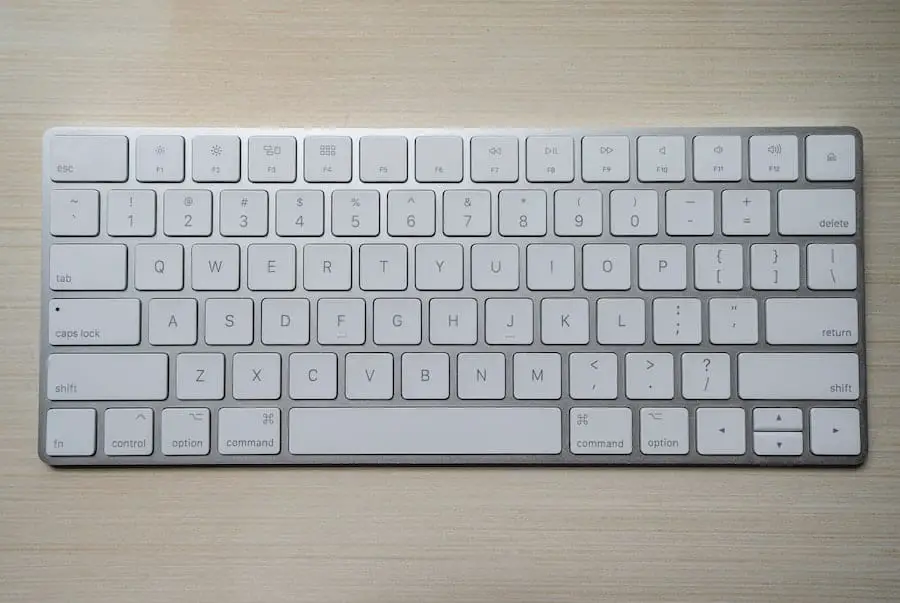Close Excel Sheet Swiftly: No Mouse Needed

How to Close Excel Workbooks with Keyboard Shortcuts

Microsoft Excel remains a cornerstone application for data analysis, calculations, and record-keeping across various industries. While many users rely on their mouse for navigation, understanding and using keyboard shortcuts can significantly boost your efficiency. Here, we'll focus on how to close Excel workbooks swiftly using your keyboard, eliminating the need for a mouse.
Understanding Excel's Keyboard Shortcuts

Before diving into the specifics of closing workbooks, let's explore why Excel shortcuts are invaluable:
- Speed and Efficiency: Keyboard shortcuts can perform tasks much faster than mouse clicks, reducing the time spent on repetitive actions.
- Accessibility: They are particularly useful for individuals with mobility impairments or those who prefer not to shift focus from the keyboard.
- Reduced Strain: Continuous use of a mouse can lead to repetitive strain injuries; shortcuts can mitigate this issue.
Now, let's delve into the primary shortcuts for closing Excel workbooks:
Closing a Single Workbook with a Shortcut

If you're working with multiple Excel workbooks and want to close just one:
- Press Ctrl + W or Alt + F4.
💡 Note: Alt + F4 will close the active window; if Excel is the only open application, it might close Excel entirely instead of just the current workbook.
Closing Excel with Multiple Workbooks

When you have multiple workbooks open and wish to close Excel completely, here are your options:
- Press Ctrl + W repeatedly to close each workbook one by one.
- Alternatively, Shift + Ctrl + W or Shift + Ctrl + F4 will close all open workbooks without saving changes.
⚠️ Note: If you use these shortcuts to close all workbooks, be cautious as it will not prompt to save unsaved changes.
Saving and Closing Excel Workbooks

To ensure your work is saved before closing, consider these shortcuts:
- Press Ctrl + S to save the current workbook, then proceed with one of the closing shortcuts.
- Or, directly use Shift + Ctrl + S to save and then close all open workbooks at once.
Alternative Methods for Closing Workbooks

Here are a few additional methods for those who might find the above shortcuts less intuitive:
Using the Ribbon

If you prefer visual navigation:
- Press Alt, then navigate to the File tab with F.
- Use the arrow keys to highlight 'Close' and press Enter.
Using the Shortcut Menu

This method uses context menus:
- Press Shift + F10 or Application key to open the context menu.
- Navigate to 'Close' using the arrow keys and press Enter.
Tips for Efficient Excel Use

Beyond closing workbooks, here are some additional tips to make your Excel experience smoother:
- Learn the Alt Key shortcuts for Ribbon navigation.
- Set up custom macros with keyboard triggers to automate repetitive tasks.
- Use Tab and Shift + Tab to navigate between cell entries swiftly.
In summary, mastering keyboard shortcuts for Excel not only allows you to close workbooks swiftly without a mouse but also enhances your overall efficiency in handling data. Whether you're saving time, reducing strain, or increasing accessibility, these shortcuts are tools that can transform your daily work with Excel.
What if my Excel shortcut doesn’t work?

+
Ensure your keyboard layout is correct, and that Excel is in focus. Sometimes, conflicts with other software or specific Excel configurations might affect shortcut functionality.
Can I create custom shortcuts in Excel?

+
Yes, you can record macros and assign them keyboard shortcuts for frequent tasks. This requires VBA knowledge, but it can significantly increase your productivity.
What if I accidentally close a workbook without saving?

+
Use the AutoRecover feature in Excel to recover unsaved workbooks. Go to File > Info > Manage Workbook > Recover Unsaved Workbooks. Be aware that this might not recover your latest changes if the AutoRecover interval was not set to a short enough time.